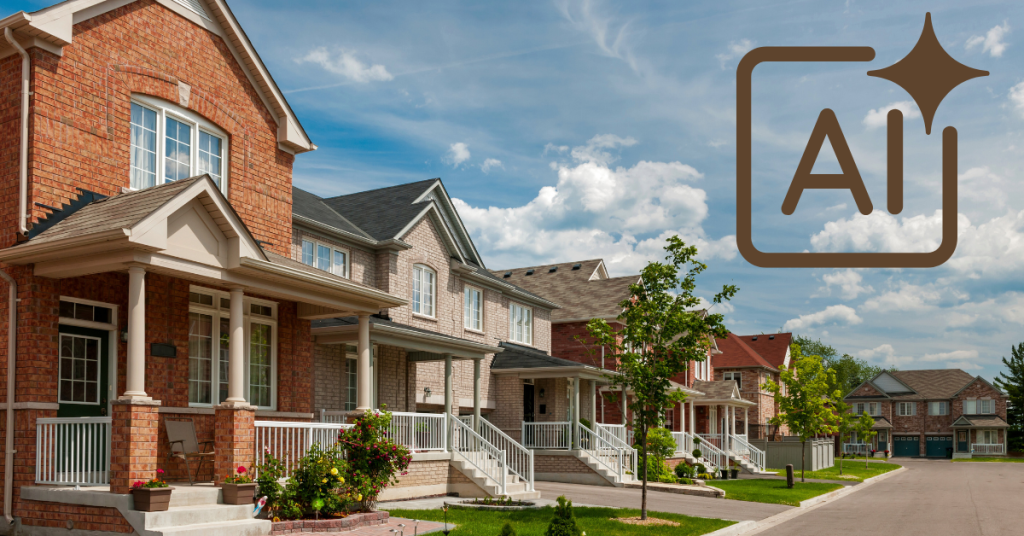Artificial Intelligence has moved beyond science fiction into the very core of our homes. What once felt futuristic—like lights that turn on before you even reach the room, or heating that adapts to your schedule—has now become reality. The role of AI is no longer limited to “prediction” of our actions. It is steadily evolving into something more meaningful: creating genuine comfort that feels personal, intuitive, and natural.
In this post, we will explore how AI has shifted from pure prediction to truly enhancing our quality of life at home.
The Early Stage: Predicting Behaviour
The first stage of AI in the home was about pattern recognition. Smart devices started tracking habits:
- When do you usually wake up?
- Which rooms do you heat most?
- When do you prefer lights dimmed?
Early AI-driven devices analysed this data to anticipate your next move. For instance, a thermostat could lower the heating at night and start warming up the house shortly before you woke up. These predictive abilities were already impressive, but often still rigid.
Prediction was helpful, but it lacked something essential: adaptability to the “why” behind behaviours.
The Shift Toward Comfort
Comfort is not just about predicting routines—it’s about making them feel effortless. AI is learning to read the context and adapt. Imagine this:
- Your heating doesn’t just turn on at 7:00 because it knows you usually wake up at that time. It adapts when you oversleep, when the outside temperature changes, or when you’ve travelled and are not at home.
- Lighting doesn’t simply dim at 22:00 but adjusts to your mood, your evening activities, or even the season.
- Your fridge doesn’t just suggest replenishing milk because you’re out, but understands your dietary habits and proposes healthier alternatives.
This evolution is the step from prediction to comfort.
How AI Enhances Daily Living
Heating and Energy Efficiency
Heating is one of the most energy-intensive aspects of modern homes. AI-driven thermostats now go far beyond simple time schedules. They consider multiple variables—outside temperature, occupancy patterns, even energy tariffs—to create an environment that is both comfortable and efficient.
A solution like eCozy exemplifies this trend, offering not just automation but adaptability. It makes heating smarter without requiring constant manual input.
Lighting and Ambience
Light affects mood, focus, and health. AI-driven lighting systems are not only about turning lamps on and off; they can dynamically shift brightness and colour temperature throughout the day. Morning light can be energising, while evening tones can prepare the body for rest.
This personalisation is where comfort becomes tangible.
Kitchen and Food Management
The kitchen is another area where AI is stepping in. Smart fridges and recipe assistants help reduce waste by suggesting meals based on what is available, or even reminding you when ingredients are close to expiry. Here, AI reduces stress while also supporting sustainability.
Security and Peace of Mind
AI-driven home security is also part of comfort. The system does not just alert you when a door is left unlocked but distinguishes between normal movement (your pet walking around) and potential threats. This reduces unnecessary alarms and gives you peace of mind.
Beyond Devices: The Connected Home
Comfort in the age of AI goes beyond individual devices. The real transformation happens when systems communicate. Heating works together with lighting, security integrates with energy use, and your digital assistant ties it all together.
This interconnectedness creates a holistic home experience—where AI doesn’t just predict but harmonises.
Challenges and Considerations
Of course, AI in the home is not without challenges:
- Privacy: Collecting personal data means we must ensure it remains secure.
- Overreliance: Too much automation can make us passive.
- Accessibility: AI comfort should not remain exclusive to high-income households.
These issues remind us that technology should serve humans, not the other way around.
Looking Ahead: The Future of Comfort
The future of AI in homes lies in subtlety. The less you notice the technology, the more natural it feels. Imagine homes that intuitively know the difference between a busy workday and a relaxed weekend. Or a system that encourages healthier routines by gently adjusting lighting, temperature, and digital notifications.We are only at the beginning of this journey. From prediction to comfort, AI is making homes not just “smart” but truly human-centred.
